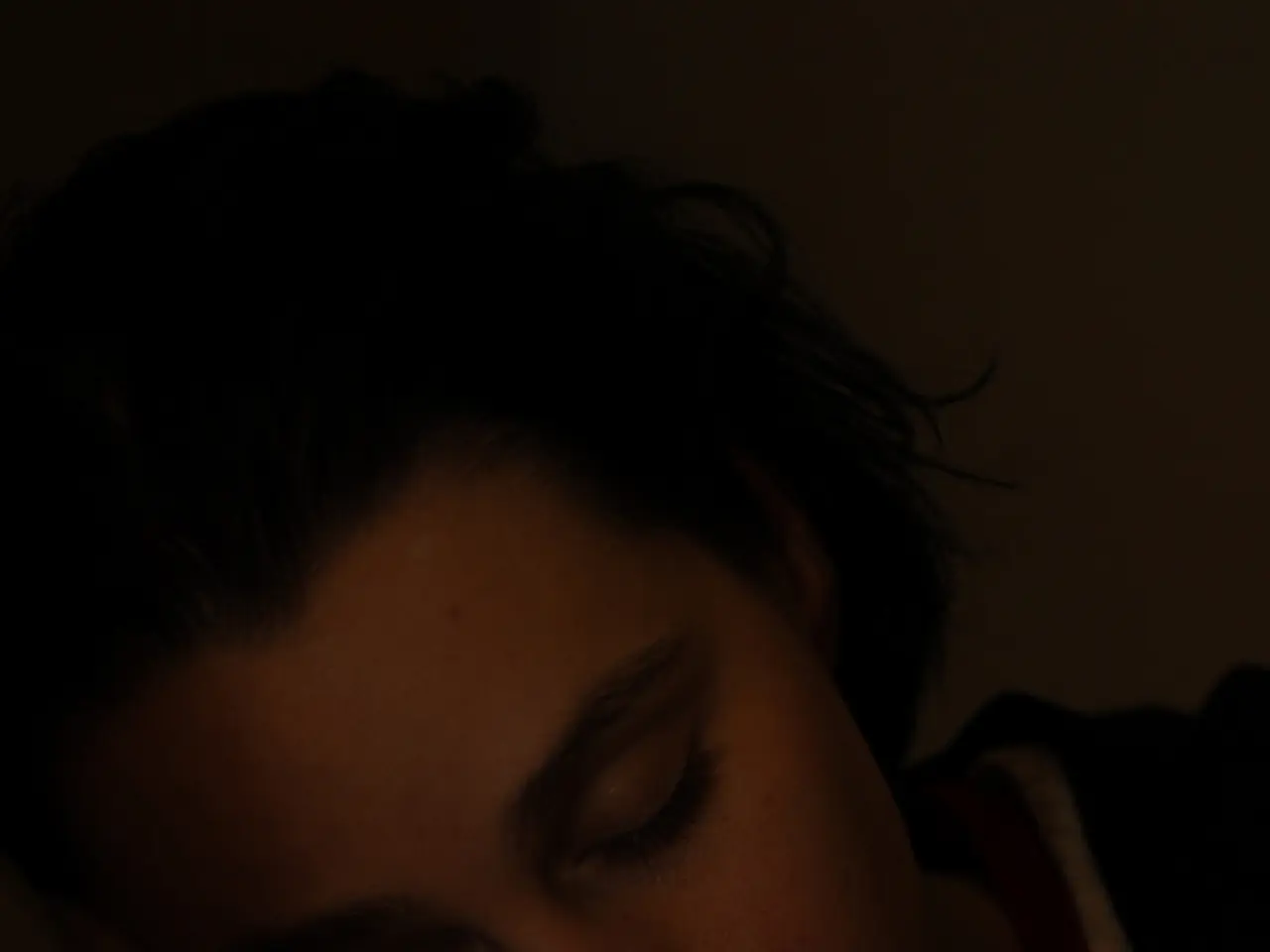Loud snoring could hint at brain oxygen shortage
Snoring, a common nighttime occurrence for many, can be more than just a nuisance. It could be a sign of Obstructive Sleep Apnea (OSA), a condition that disrupts normal breathing during sleep, starving the brain of the oxygen it needs to thrive.
CPAP (Continuous Positive Airway Pressure) machines are one tool that can help manage OSA. These devices deliver a steady stream of air through a mask, keeping airways open for those affected. However, there are several factors that can contribute to snoring and OSA.
Excess weight can increase the likelihood of snoring or OSA due to additional tissue in the throat narrowing airways. Weight loss, even just 5-10% of body weight, can significantly ease snoring by reducing throat tissue. Age also plays a role, as muscle tone weakens with age, increasing the chance of airway collapse.
Nasal issues like chronic congestion or a deviated septum can also contribute to snoring and OSA. Alcohol consumption relaxes throat muscles, which can further exacerbate the problem.
Ignoring snoring can lead to long-term consequences such as daytime drowsiness, difficulty focusing at work, and strained relationships due to irritability. It's important to listen to the body's signals and not just dismiss snoring as a nuisance. It could be a wake-up call for better health.
Fortunately, the tools to tackle snoring are within reach. Simple changes like sleeping on one's side instead of one's back can help reduce airway pressure and ease snoring for mild cases. Advancements in wearable sensors could make monitoring sleep health more precise, measuring oxygen saturation or heart rate in real time.
Smart pillows can adjust head position to reduce airway blockage and prevent disruptions during sleep. Wearable devices and smartphone apps can now track sleep patterns, detect snoring episodes, and even estimate oxygen drops.
For those with OSA, a sleep study, often done at home with portable devices, can measure breathing, oxygen levels, and sleep patterns to confirm a diagnosis. The primary contact person for concerns about untreated OSA is typically a sleep medicine specialist or a pulmonologist.
Treatment options for OSA include continuous positive airway pressure (CPAP) therapy, hypoglossal nerve stimulation devices like Nyxoah’s Genio system, oral appliances, and lifestyle changes. CPAP remains the standard non-invasive treatment, while innovative neurostimulation therapies are emerging alternatives especially for patients who cannot tolerate CPAP.
Talking openly with a doctor or partner about snoring can lead to solutions that improve not just sleep but overall health. It's important to recognise the risks associated with snoring and take action to improve sleep health. Snoring carries a stigma and is often seen as a joke or personal failing, but it is crucial to understand the potential health implications and seek help when needed.
Read also:
- Peptide YY (PYY): Exploring its Role in Appetite Suppression, Intestinal Health, and Cognitive Links
- Toddler Health: Rotavirus Signs, Origins, and Potential Complications
- Digestive issues and heart discomfort: Root causes and associated health conditions
- House Infernos: Deadly Hazards Surpassing the Flames








